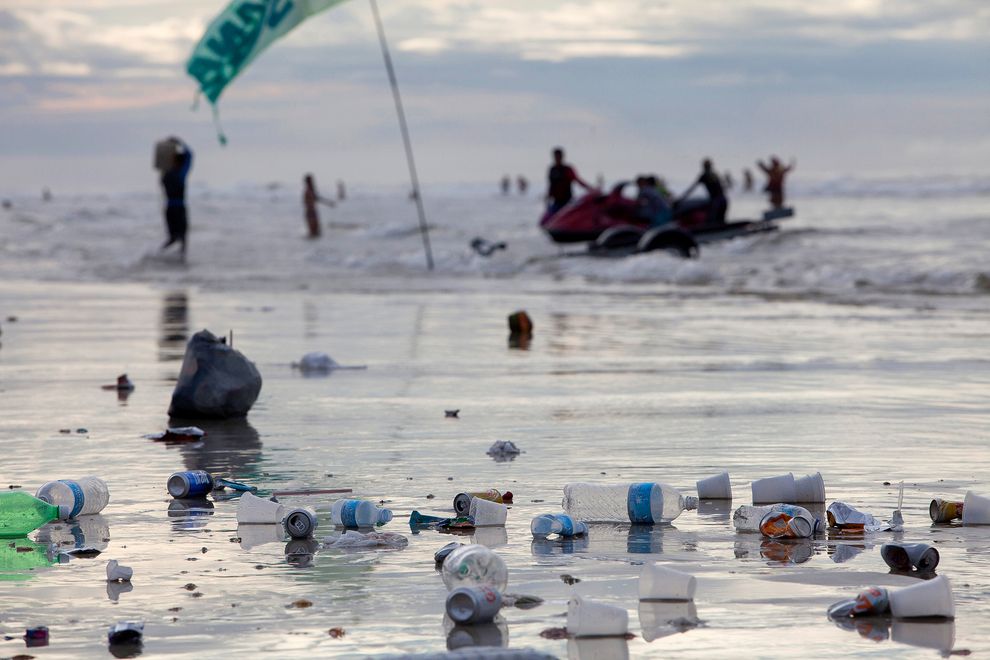5 Trillion Pieces of Ocean Trash Found, But Fewer Particles Than Expected

A new study on the amount of plastic pollution floating around the world’s oceans found a lot of garbage but fewer small particles than researchers expected, raising new questions about how litter is interacting with the environment.
Scientists from the nonprofit advocacy group 5 Gyrespublished their findings this week in the peer-reviewed journal PLOS ONE. The researchers collected plastic from parts of the ocean with nets and then used computer models to estimate the extent of the garbage problem worldwide.
They estimated that 5.25 trillion pieces of plastic, weighing 269,000 tons, is distributed across the ocean. While that’s a lot of trash, researchers found only one-hundredth as many sand-size particles as their models had predicted.
Small plastic pieces have been a matter of much debate in recent months, because they are ingested by animals and can cause the death of fish, birds, and other creatures.
The new particles estimate is similar to that in a paper published in July in the Proceedings of the National Academy of Sciences. That study found only 35,000 tons of small plastic particles, while the researchers had expected to find millions of tons.
Where all the plastic is going in the ocean is a mystery, the lead scientist of the July study, Andres Cozar Cabañas, told National Geographic then. (Learn more about that study’s surprising findings.)
Plastic production has quadrupled since the 1980s, and wind, waves, and sun break all that plastic into tiny bits.
“We don’t know what this plastic is doing,” Cozar said. “The plastic is somewhere—in the ocean life, in the depths, or broken down into fine particles undetectable by nets.”
The 5 Gyres researchers noted on Wednesday that the plastic may be washing up on beaches or sinking down to the bottom quicker than expected. They also suspected “UV degradation, biodegradation, ingestion by organisms, [and] decreased buoyancy due to fouling organisms.”
The scientists discovered that the amount of plastic was similar in the Northern and Southern Hemispheres, which they found surprising “given that inputs are substantially higher in the northern than in the southern hemisphere,” they wrote in the study. It suggests plastic may be moving around more easily than people previously thought, the researchers said.
Scientists have already noted that plastic in the ocean poses hazards to wildlife, from sea turtles to fish to corals.
Collected: Brian Clark Howard, National Geographic

